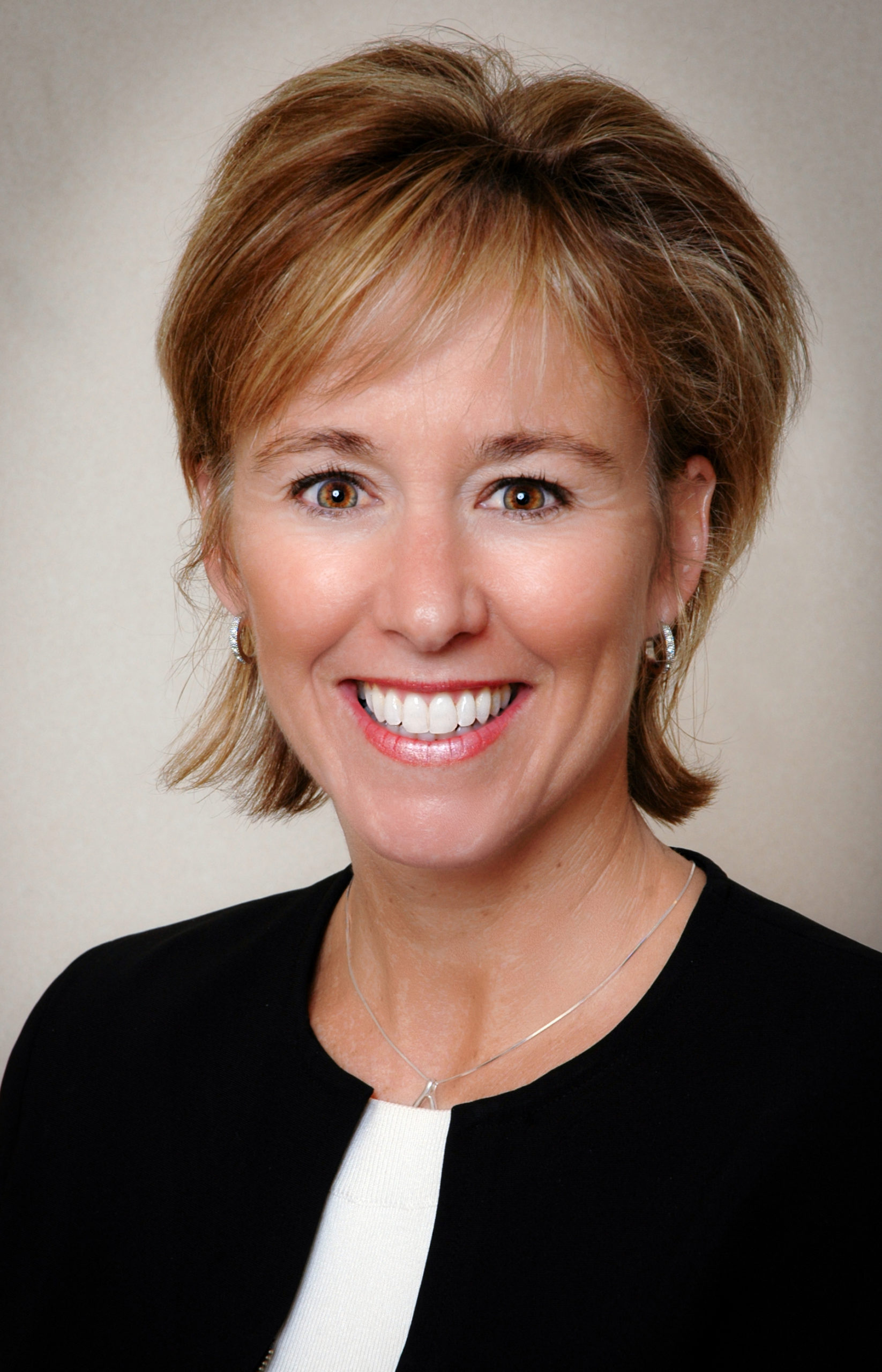It’s not just consumer marketers that have to track and respond to trends. B2B product marketers and strategists face circumstances beyond their control all the time — and must decide if and what to do about them.
Here’s How You Would Have Known That Uber Was for Real in 2009
Ignoring a trend — defined as “a general development or change in a situation or in the way that people are behaving” — is highly-damaging to a business. However, reacting to fads can be just as harmful over time as overlooking trends.
Traditional taxi businesses that ignored Uber when it invaded the transportation space in March 2009 are still suffering — if they are even still alive. Uber’s value proposition addressed a set of security and comfort needs that most consumers didn’t even know they could wish for – knowing where and when their ride will arrive, sitting in a clean car, not having to hand a stranger a credit card (or carry a bunch of cash).
Why Understanding Maslow’s Hierarchy Can Help a Marketer See the Future
The true mark of a trend in your industry is this: can you see how changing circumstances will change fundamental customer behavior? In hindsight, we can see that Uber leveraged technology to address some very important physiological and safety concerns that are low on Maslow’s famous hierarchy of needs.
If you paid attention in Psychology class, you’ll remember that the lower hierarchy needs on Maslow’s pyramid must be met before the higher-up needs come into play. As we will examine later in this article, offers that address these lower hierarchy needs tend to have quicker uptake and longer “staying power.”
A fad is “a style, activity, or interest that is popular for a short period of time.” In our opinion, fads don’t last because we don’t see the same long-term potential to change customer behavior as we do in the Uber case.
Is Beyond Meat a Fad?
When Beyond Meat introduced “meat without animals” – also in 2009 – it appeared to be a trend. CEO Ethan Brown claimed that its product addressed needs to help solve heart disease, diabetes, cancer, climate change, natural resource depletion and animal welfare.
According to Businessweek’s Deena Shanker “(the message) was so compelling that it attracted investors like Bill Gates, Leonardo DiCaprio, the Humane Society and former McDonald’s CEO Don Thompson. Even Tyson Foods Inc., the biggest maker of real meat invested – catapulting the start-up to a $1.3 billion valuation by 2018.”
But Beyond Meat has failed to change long-term customer behavior like Uber has. Research from the NPD Group sheds more light – they found that 16 percent of Americans say they “regularly” eat plant-based alternatives. Of this group, only a small portion don’t eat meat.
Most of this group is not vegetarian or vegan – they do eat meat — they just like variety in their diets. Additionally, the meat eaters took a closer look at the ingredients and couldn’t figure out if it was a healthier alternative or a sodium-filled, overprocessed substitute. People were confused and not convinced it was delivering on any of the claimed benefits.
Today, Beyond’s stock price is hovering around $16, a fraction of its stock price in 2019. None of the biggest fast-food chains that had partnerships with Beyond—KFC, Pizza Hut and McDonald’s—have put a single permanent item on their US menus.
Does Maslow Help Us See Why Beyond Meat Is Floundering Right Now?
Fads fade because they don’t deliver on fundamental customer needs. What’s the fundamental need in the business of food? Taste!
Plant Based burgers are typically made from pea proteins and lots of science-sounding ingredients. Most people agree that Beyond Meat’s product just doesn’t satisfy their taste buds like real meat does.
Many of Ethan Brown’s claims about Beyond Meat – especially those addressing climate change and natural resource depletion – address needs higher up on Maslow’s hierarchy. To get the Beyond Meat benefits that Brown promised, many customers felt that they were sacrificing taste. In our experience, addressing these self-actualization types of needs often requires some sacrifice like this, made by the customer.
We worked with a hotel chain 10 years ago that wanted to offer some room ecology benefits to environmentally minded guests that would raise the hotels costs. For example, they would put special sensors in rooms to control lighting and temperature.
They wanted to charge these guests more than they would pay for a regular room, to cover the hotels increased costs. Hotel strategists surmised that these guests would want to “do their part” to protect the environment. The initiative failed in testing. The target market didn’t want to pay more.
Unlike Uber’s value proposition, which addressed lower-level Maslow needs with no sacrifice, The hotel change addressed “self-actualization” needs — but at a price.
How To Ultimately Recognize a Trend vs. a Fad
When trying to decide whether a new innovation in your industry has staying power, look at the needs that it is addressing and whether it requires a sacrifice on behalf of customers. If the needs addressed are lower in the Maslow hierarchy and don’t require a trade-off, you are likely dealing with a trend. Take action as fast as possible, whether that be developing new technology or an enhanced offer of your own, buying the innovative competitor, etc.
But you might want to wait if the solution is purporting to satisfy loftier needs in Maslow’s pyramid, especially if it requires some sacrifice by customers (like a higher price.) These things might be just fads that you can let play out for a while before addressing, if at all.

 Mary Abbazia
Mary Abbazia Tom Spitale
Tom Spitale
